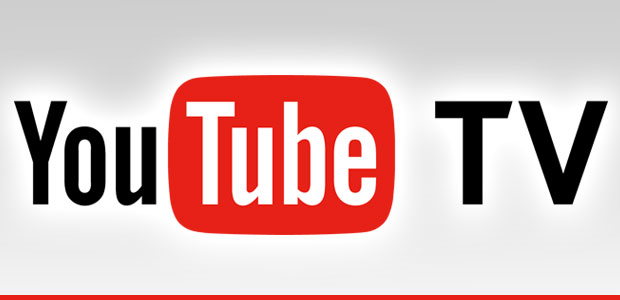YouTube on Tuesday jumped headfirst into the growing market for live streaming television with the announcement of YouTube TV, a service aimed squarely at DirecTV Now, Sling and other streaming TV services.
YouTube’s cord-cutter friendly US$35 a month service will offer live sitcoms, dramas, news and sports from ABC, NBC, CBS, FOX, ESPN, CW, Telemundo and other networks.
It will include local TV stations offering news and sports in broadcast areas where customers live. It will be accessible on mobile phones, tablets or computers, and it can be streamed to a television using Google Chromecast.
Its cloud-based DVR service allows customers to record their favorite shows — and unlike many cable services, never run out of space to store the programs.
Each membership comes with six accounts, with unique programming recommendations and separate DVR storage.
Members of YouTubeTV also will be able to watch original shows and movies from YouTubeRed.
Customers are not required to sign a contract with YouTube TV and can cancel at any time. Potential customers can provide their email and ZIP code at tv.youtube.com to receive a notification when the service will be available in their viewing area.
It initially will launch in the largest television markets in the U.S. and then expand into other markets across the country.
DirecTV Rival
YouTube TV comes less than four months after the launch of the DirecTV Now over-the-top service. DirecTV, a subsidiary of AT&T, is the leading satellite television service in the United States. It attracted more than 200,000 paid net additions through the end of 2016, according to the company’s fourth-quarter earnings report.
Sling TV, which offers up to 100 channels on its streaming service, launched a beta test of its cloud-based DVR last year, but it has not yet announced the results of that test.
The YouTube TV announcement reflects a trend toward commoditization of live TV and video-on-demand services, suggested Avni Rambhia, digital transformation industry principal at Frost & Sullivan.
However, the long term success of the service may depend on the ongoing quality of services, particularly for live events, its ability to personalize the interface, and its availability on non-Google devices, she suggested.
“Google has a clear advantage against other incumbents and aspirants in terms of its ability to monetize video via targeted advertisements,” Ranbhia told the E-Commerce Times. “By virtue of owning its own content distribution network and already having servers in ISP data centers around the world, it may be in a position to deliver more content, more profitably and with more reliability than other OTT service providers.”
Draw for Digital Natives
YouTubeTV has huge potential due to a 60 percent penetration rate among consumers and the strong base of users that already watch YouTube Red, observed Tim Mulligan, senior analyst at Midia Research.
“It is quantifiably different than other competitors, because it is in the rare position of being able to appeal to both digital natives and digital migrants,” he told the E-Commerce Times.
The relatively steep price tag of $35 makes the service more of a competitor to traditional cable and satellite services than a service that could compete against Hulu, Netflix and other streaming services, Mulligan said.
The model makes sense for YouTube, noted Rick Edmonds, media business analyst at Poynter.
“YouTube has a huge inventory and continues to be a first choice for many outlets posting new video,” he told the E-Commerce Times. “At the same time, over-the-top services continue their rapid expansion.”























































Yes ! There’s a reason Netflix doesn’t have a $35 price point. 40 channels for like 20 bucks and they would have signed up half of America.
I mean, it’s easy to say "$35 is cheaper than a $100 cable bill," but you still need to pay $40-50 for internet. Throw in another $20-30 for a home phone maybe and you end up with a bill not all that different from what you have now with far fewer channels. Though, I do like the unlimited DVR bit and having access to network stations from any streaming device.